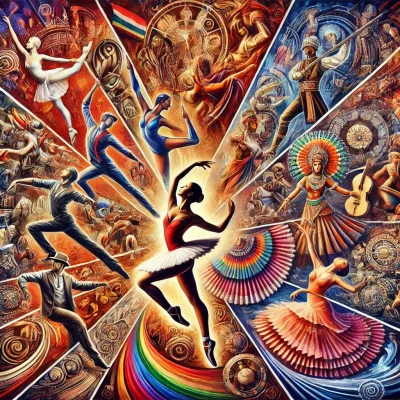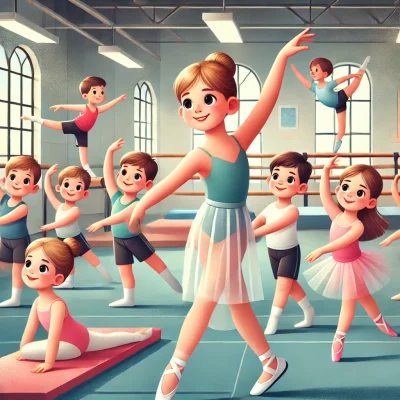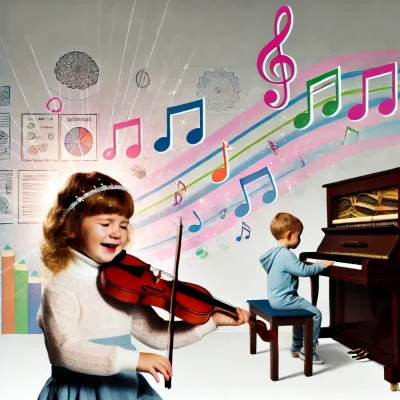Dance in African Culture
Dance is at the center of social life in African cultures. For many African communities, dance is used as a means of communication and also brings society together. Ritual dances are performed to celebrate various stages of life from birth to death. Dance also plays a major role in important events such as natural events, the harvest season or healing rituals. African dance is often characterized by strong rhythmic movements and rhythm instruments such as drums are an integral part of the dance.
Dance in Latin American Culture
Latin America is one of the richest regions that comes to mind when it comes to dance. Dance genres such as salsa, tango and samba are an important part of the cultural heritage of this region. Latin dances often reflect passion, energy and enthusiasm. Dances are also of great importance as a social activity that strengthens relationships between individuals. Dances, especially salsa and samba, are used not only for entertainment but also as a means of establishing social bonds. In Latin America, dancing is a symbol of cultural identity and social ties.
Dance in Asian Culture
In Asia, dance often has deep spiritual and religious meanings. In India, classical dances such as Bharatanatyam and Kathak emerged as a form of worship to Hindu gods. These dances are an art of storytelling with symbolic movements and often depict religious stories or mythological events. In Japan, traditional Noh and Kabuki dances carry spiritual and dramatic elements and their performances are often intertwined with religious rituals. In Asia, dance is not only an art form, but also a means of keeping a cultural heritage alive.
Dance in Western Culture
In Western culture, dance has developed as a form of artistic expression for centuries. Ballet, in particular, is considered a sophisticated and aesthetic art form in the West. In Europe, dance developed as a form of entertainment in royal courts and over time became an artistic spectacle with ballet, modern dance and other genres. Social dances also have great importance in the Western world. Genres such as waltz, swing and jazz dances have played an important role in the formation of social interaction and community awareness.
Dance in Middle Eastern Culture
In the Middle East, dance is both an entertainment and a form of spiritual expression. In the Arab world, traditional dance genres have been a part of society throughout history. For example, the Dabka dance, which is very popular among the people, is often seen at weddings and other social events. In the Sufi tradition, dance is also considered a spiritual experience and the whirling dervishes' sema shows symbolize this spiritual connection.
Conclusion
Although dance has different meanings and importance in each culture, it has always been a powerful tool that brings people together and creates emotional, spiritual and social bonds. In each culture, dance has its own form, ritual and purpose. But all over the world, dance remains a universal way for people to express themselves, strengthen their social ties, and preserve their cultural heritage.Therefore, dance is not just a set of physical movements, but also an art form with deep cultural and emotional meaning.








